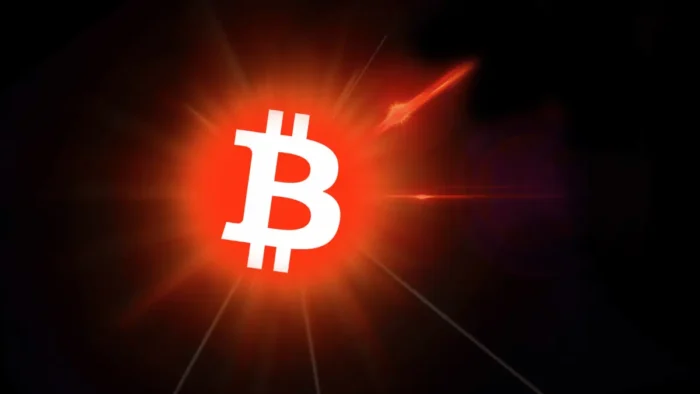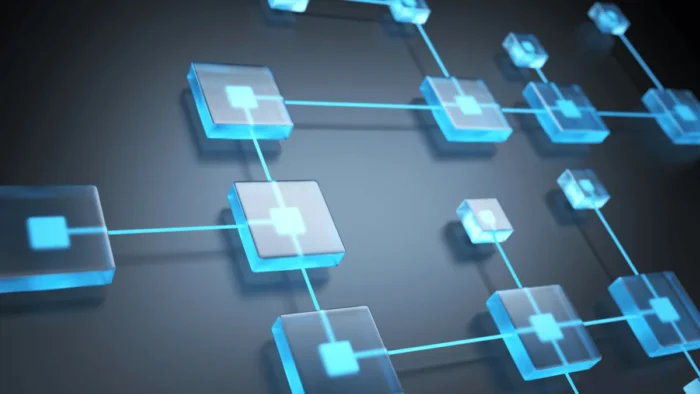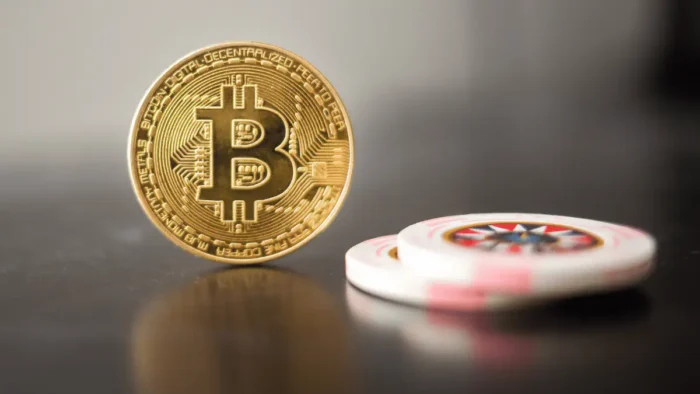The cryptocurrency market is a sector of the global economy growing more rapidly than any other. Since its inception in 2009, Bitcoin has been at the forefront of this economic growth and has gained much attention from investors who have seen their assets grow exponentially. In 2017, the total value from all cryptocurrencies grew from $17 billion to $600 billion! This growth has been spurred by an increase in initial coin offerings (ICO’s), as well as a variety of altcoins that have entered the market.
Bitcoin may be the most popular cryptocurrency, but there are a whole bunch of other options out there – including ones that may not even be around yet like Moonbeam. Here we will talk about this trending crypto.
What is Moonbeam?
Moonbeam quietly emerged into the crypto space in January 2020 to facilitate cross-chain communication between the most extensive blockchain networks. This new blockchain platform promises to act as the intermediary that will allow interoperability between sub-networks. Interoperability is becoming increasingly important as the blockchain ecosystem grows and requires numerous integrated systems to communicate with one another.
Moonbeam accomplishes this feat by creating a sidechain attached to the primary blockchain. Depending on which network an application chooses to run on, it can be developed with Moonbeam’s two digital assets: MBE (the leading coin) and XBE (an auxiliary currency). XBE will run through the interoperability layer, allowing applications to communicate between different networks.
As of writing, Moonbeam has already secured more than $20 million in investments and is looking at a bright future. Why? Because Moonbeam solves a problem that no other platform has been able to solve.
What Does Moonbeam Have to Offer?
One of the biggest problems that have plagued the crypto space is scalability. In this context, scalability refers to an entity’s ability to maintain a secure network while also running efficiently. Bitcoin has been notoriously slow in processing transactions, and its high fees have stunted adoption from merchants and other institutions looking for cheap and efficient payment methods.
Unfortunately, Bitcoin’s problems are an issue for most cryptocurrencies, as they all follow similar proof-of-work (POW) consensus algorithms. The presence of transaction fees and slow transaction speeds is enough to scare away potential investors and users alike.
Moonbeam has recognized this problem, employing a different consensus algorithm that provides optimal scalability. In doing so, Moonbeam has created a top-notch blockchain platform that is secure and can handle many transactions without compromising on speed or efficiency.
What Features Does it Have?
A Broad and Expanding Ecosystem
Moonbeam will be a platform for developing decentralized applications (dApps) and other blockchain-based services. Meaning it will have everything from wallets, games, and exchanges, all of which are designed to aid users in accessing the Moonbeam network, via open-source blockchain. This will enable both novice and advanced developers to create secure dApps more efficiently than ever before.
EVM Compatibility
The Moonbeam blockchain will run the Ethereum Virtual Machine (EVM), which means that all Ethereum smart contracts can be ported over to Moonbeam’s blockchain, provided they use the NEP-5 standard. The EVM compatibility also makes it easier for developers who have already ported their projects to NEO and account for most of its dApps.
Web3 API Compatibility
The Web3 API is a utility that allows for interaction with the Moonbeam blockchain, making it easier for wallet providers and other dApps to integrate their services. This protocol will enable developers to interact with Moonbeam without running a full node or SPV (Simple Payment Verification) node.
Substrate Compatibility
A substrate is a framework developed by Blockstream, which allows for the creation of sidechains. By using Substrate, Moonbeam becomes scalable and interoperable with other blockchain networks. Furthermore, Substrate supports various consensus mechanisms, such as PoW and PoS.
This feature allows the Moonbeam network to be scalable and interoperable with other blockchain networks, such as Bitcoin and Ethereum. This makes it nearly impossible for any single entity or group of entities to gain majority control over the network, thus making it safer from malicious attacks.
Cross Chain Integration
Moonbeam will have cross-chain integration, which allows it to interact with various other blockchains, which means that Moonbeam will be compatible with Bitcoin, Ethereum, and many other blockchain networks! This feature makes Moonbeam genuinely unique, as no other platform has made interoperability a priority until now.
First Mover Advantage
Moonbeam will be the only blockchain platform with Web3 API compatibility, EVM compatibility, and Substrate compatibility. This means it is the only network that can be a gateway between various other cryptocurrencies and decentralized applications. Moonbeam has set itself apart in this regard thanks to its unique approach to interoperability.
What is Glimmer (GLMR)?
Glimmer is the official token of Moonbeam, and you will use it to power the network. Since Glimmer is an ERC20 token, any wallet that supports Ethereum can store GLMR tokens. Glimmer will also control the ecosystem of dApps compatible with Moonbeam’s blockchain, thus creating a self-sustaining economy.
What Does the Future Hold For Glimmer (GLMR)?
As Moonbeam grows and more people begin to use it, the demand for Glimmer will increase. This increased demand should lead to a rise in GLMR’s value, though there is no way to accurately predict how much its price will go up since the network is still young and not truly valuable at this point.
However, we can say that Moonbeam is on the right path to becoming one of the leading blockchain networks in the world, thanks to its focus on interoperability and ease of use. As more developers begin to create dApps for the network’s diverse ecosystem, GLMR tokens are likely to become more valuable.
We can also expect to see Moonbeam’s Android wallet integrate with other popular mobile wallets in the future, making it easier for people to trade GLMR tokens. The team will also launch a web-based wallet for its users soon. Once this happens, we can expect to see even more demand for GLMR tokens, which should increase their value.
Moonbeam is also planning to release its hardware wallet, which will help increase demand for GLMR tokens even further since users will store them offline. Once this happens, people who keep their tokens in cold storage and trade them on Moonbeam’s exchange platform will be the ones reaping most of GLMR token’s rewards.
To summarize, Glimmer is an ERC20 token that will power Moonbeam’s network and its ecosystem of dApps. Since Glimmer is a utility token, its demand is directly related to the number of transactions on Moonbeam’s blockchain. This increased demand should lead to GLMR ‘s value once Moonbeam gains popularity. More interestingly, the interoperability feature of Moonbeam makes it a gateway that can connect different blockchain networks, which will allow GLMR tokens to trade with other cryptocurrencies and dApps created on other blockchains.





